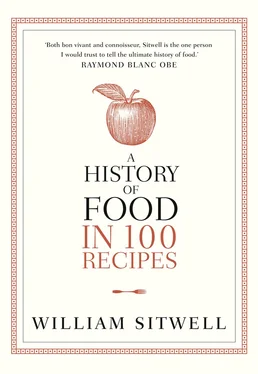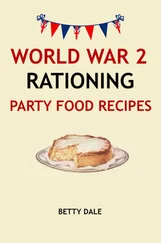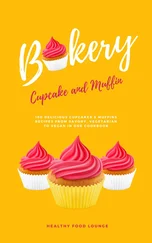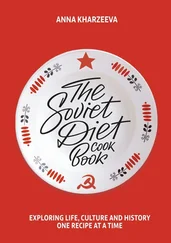But quite how roasting came about can only be guessed at. For thousands of years the human race ate its food raw, and then between the discovery of how to make fire and the appearance of the Neanderthals, man began to cook his food. So at some point, while using fire for warmth or to ward off wild animals, a discovery was made. Did the spark from a fire catch light and burn down the lair of some wild pigs? Did man smell the roasting fat and try out the first pork scratchings? Or did a grazing mammoth fall into a fire pit, the smell of its cooked flesh wafting on the wind in an appetising new aroma?
However it happened, man’s use of fire to cook was revolutionary. It wasn’t just the new flavour that it introduced to food, but the inedible then became edible. Items that could only be eaten when cooked – wheat, barley, rice, potatoes – were then worth cultivating. As man consumed more nutrients, his health must have benefited too. Furthermore, his use of fire for cooking is one of the decisive factors that separates him from other animals. When man cooks, he becomes fully human. Animals may store food – dogs bury bones, racoons douse their food in water – but only humans cook it.
Having learnt to roast food, man then got all sophisticated and started boiling it. So where roasting – or burning – food distinguished us from animals, boiling was proof of civilisation. The anthropologist Claude Lévi-Strauss muses on this point. In his essay ‘The Culinary Triangle’, he thrashes out his theory on cooked food. ‘The roasted is on the side of nature, the boiled on the side of culture,’ he writes. This is literally true because boiling requires the use of a receptacle, a cultural object: ‘Boiling requires a mediation (by water) of the relation between food and fire which is absent in roasting.’
Thus, as we became cultured so roasting was seen as primitive and basic, while boiling was regarded as sophisticated and classy. Until more recently, that is, as we became increasingly sophisticated and decided that roasting was in fact rather more upwardly mobile. After all, the urbane gentleman doesn’t take pride in his ability to do a nice ‘Sunday boil’.
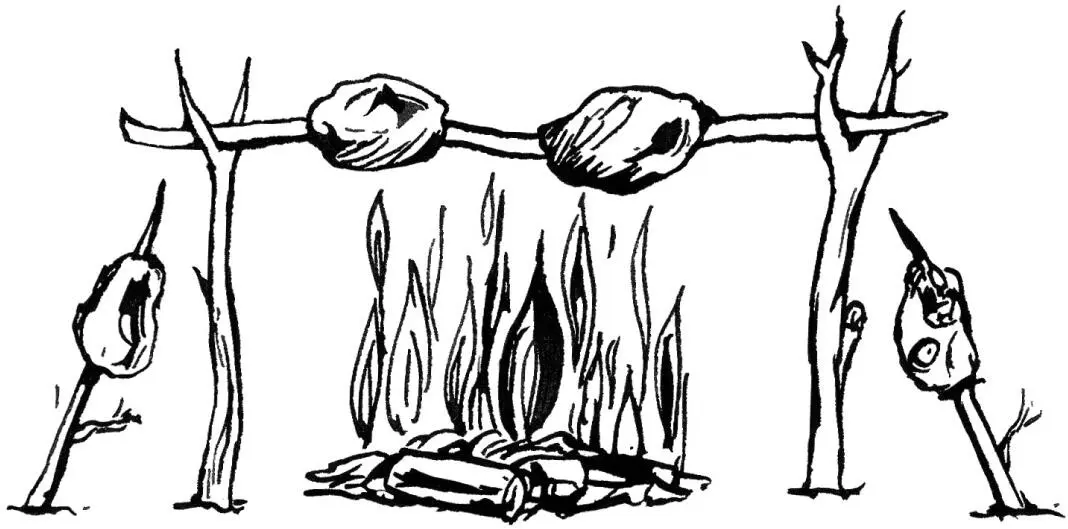
But he probably wouldn’t roast a goat either. Back in 30 bc, however, Publius Vergilius Maro – Virgil, to his friends – was more than happy to, and his reference to goat, spit-roast on hazel wood, comes in his epic work The Georgics. The Roman poet’s most famous work after The Aeneid, this chiefly detailed methods of running a farm – instruction manuals for those entering the agricultural sector making for perkier reading when in verse. In it he writes of raising crops and planting trees, of keeping livestock and horses and beekeeping.
His reference to roasting goat comes after a section on pruning trees and then a note celebrating vineyards, whose vines teem with ‘mellowing fruit’. With his mention of Bacchus, the goat roasting feels like a celebration of successful farming. The ensuing lines instruct on how to look after the soil with a few notes on hoeing.
As Virgil gracefully instructs one on correct farming practice, so he whets our appetites for a good roast, the flavours of which echo down the centuries as resonant as his poetry.
7
Another sauce for fowl
AD 10
AUTHOR: Marcus Gavius Apicius,
FROM: De re coquinaria (Of Culinary Matters)
Pepper, lovage, parsley, dry mint, fennel, blossoms moistened with wine; add roasted nuts from Pontus or almonds, a little honey, wine, vinegar, and broth to taste. Put oil in a pot, and heat and stir the sauce, adding green celery seed, cat mint; carve the fowl and cover with the sauce.
His predecessor Archestratus may have had a downer on sauce. Poncey and over-elaborate, it engulfed good and simple ingredients. But Apicius was having none of it. He lived during the good times of ancient Rome, long before even the seeds of decline were sewn.
If anyone ever asks you, ‘At which point did Rome reach its zenith and what precisely symbolised that moment?’, remember the answer has nothing to do with beating back barbarians at the furthest reaches of the empire or with the building of public latrines. Rome was at its peak when its sauces were at their best, when they were plenty and at their richest. And we can pinpoint when this happened because Marcus Gavius Apicius wrote it all down. He lived between 80 BC and AD 40 – during the reigns of both Augustus and Tiberius –and his cookbook is still in print, although unless you speak fluent Latin, I suggest you find an English translation. It’s called De re coquinaria – ‘Of Culinary Matters’ – and is a bumper read of some 500 recipes. And did I mention sauce? Well, 400 of those recipes are instructions for making a sauce.
Sauce was the trademark of the ancient Roman chef and if Apicius was not the best of them, then he is at least an astonishingly impeccable example. Some scholars argue that Apicius could have been one of several people, or a collection of recipes by several individuals garnered under the name of Apicius, but the good money is on him being the aforementioned M. G. Apicius. He was a chef, a collator of recipes and he endowed a school of cookery. If he were alive today he’d probably be running some Italian equivalent of Ballymaloe (the Irish cookery school near Cork).
He lived and breathed his craft. He inspired those he met with his culinary ideals and he was an exhausting mentor to anyone who could withstand his rigorous teaching methods. He was an obsessive: exacting, precise, detailed and, naturally, opinionated. He also had the good fortune to be well born and wealthy. When we talk about good food during the period of ancient Rome, this was not a democratic idea. Most people would have lived very, very simple lives, with few possessions. The prospect of a decent meal, let alone decadent feasting, was denied to many. For the vast majority meals were a frugal affair at best; the richness of Apicius’s recipes therefore reflects only the dining habits of the elite. Of which he was a fully paid-up member.
Apicius had a vast fortune and he spent it on food. His kitchens would have been kitted out with all the latest mod cons. His cooking utensils were far more precious than ours as they would have been handmade, beautiful – works of art, even. By contrast, his apparatus for cooking food would have been basic (pots and a spit for roasting) and he seemed to make a virtue of his lack of chiller cabinets. At least that’s the only reason I can think for his creation of a recipe ‘for birds of all kinds that have a goatish smell’.
What he lacked in white goods, however, he made up for in kitchen staff. While good ingredients would have been hard to come by – this was a time when agriculture was haphazard, transportation limited and storage basic – once they were assembled there were plenty of people on hand to prepare and cook them. Perhaps this is one of the great differences between our age and his. Today ingredients are relatively cheap: we have access, within minutes, to ingredients from every corner of the earth. But while food is cheap, labour isn’t. Apicius didn’t just have cheap staff, he had free staff. What is unimaginable now was normal then – for the very rich, that is.
So we can picture Apicius beavering away with his dozens of kitchen underlings, chopping and prepping from dawn to dusk. Those lucky enough to work in his kitchen would have been dazzled by his ingredients. His larder would have been hung with hare, pork, lamb and endless fowl – from crane and duck to doves and peacocks, ostriches and flamingoes. He cooked with truffles, all kinds of mushrooms, sea-urchins, mussels, every type of fish. The herbs he used were of such variety that they take the breath away – from lovage and coriander to cumin and fennel seeds. He made wine reductions, pickled off-cuts of pork and served up great gravy, and he wrote this all down in his recipes.
Читать дальше
